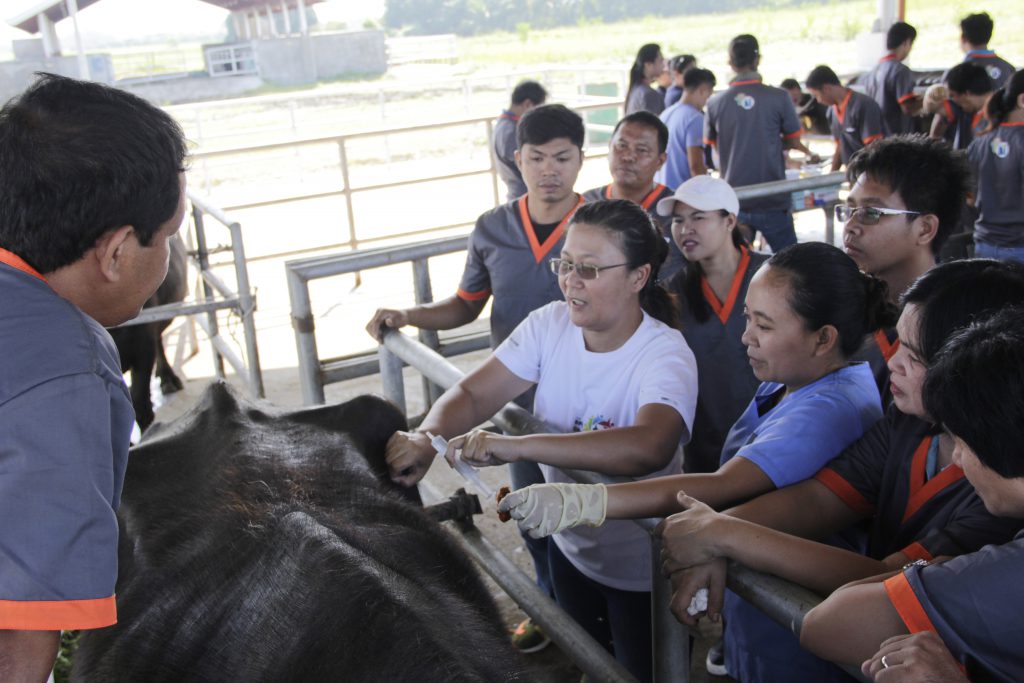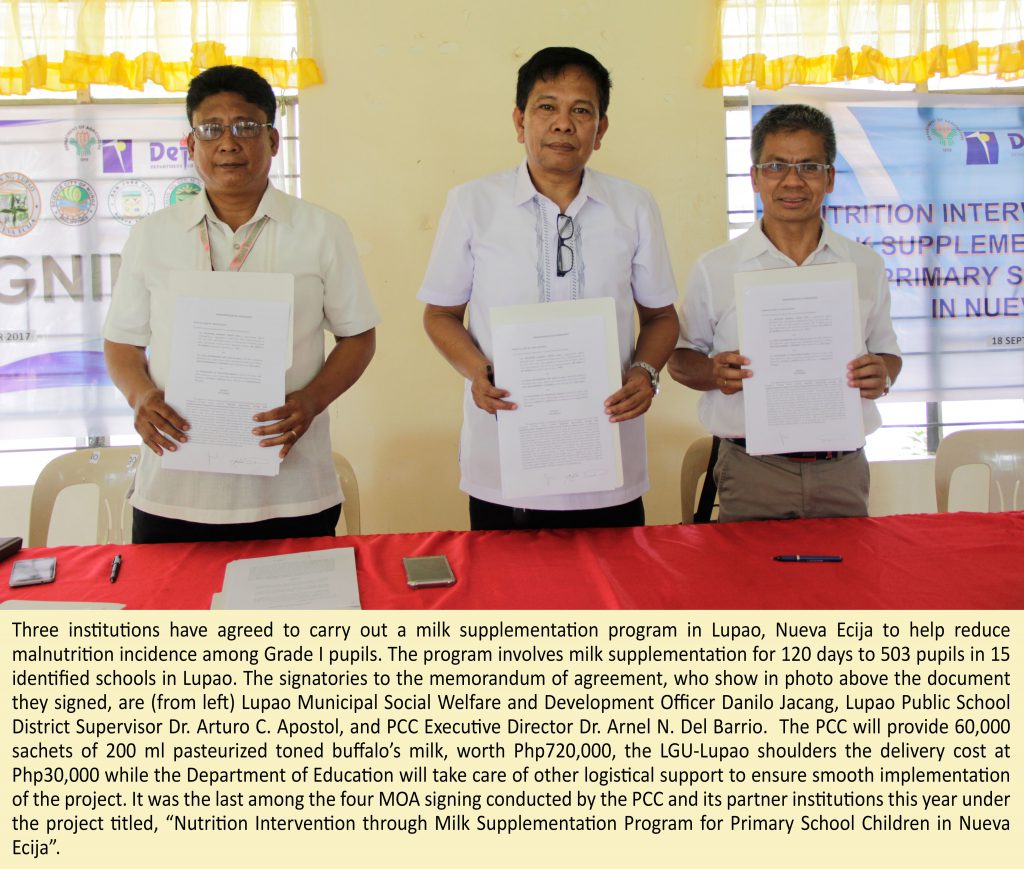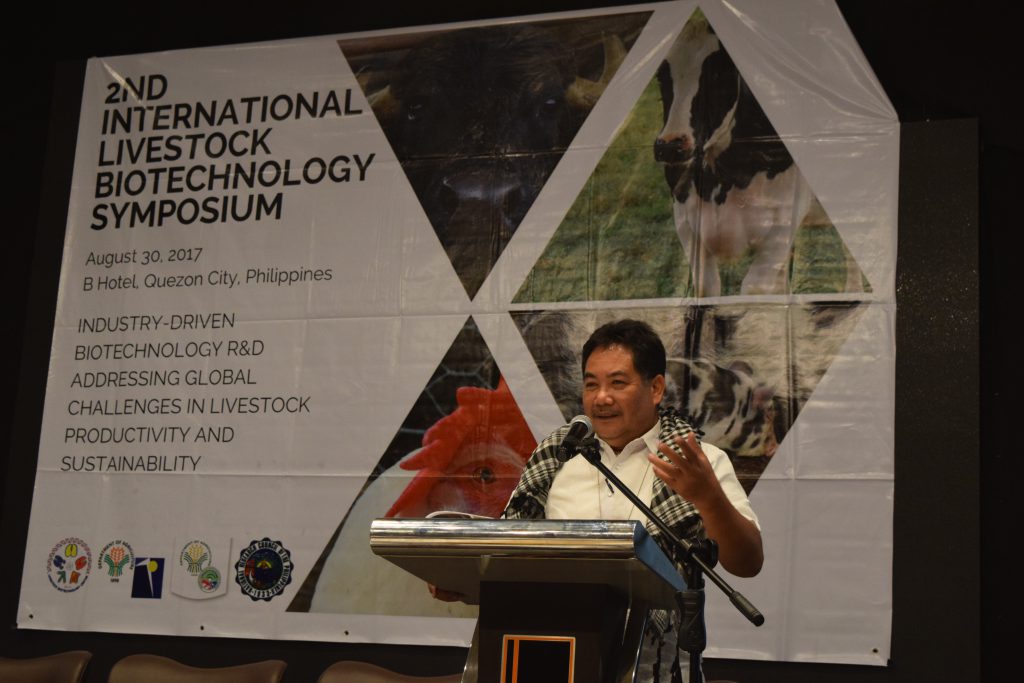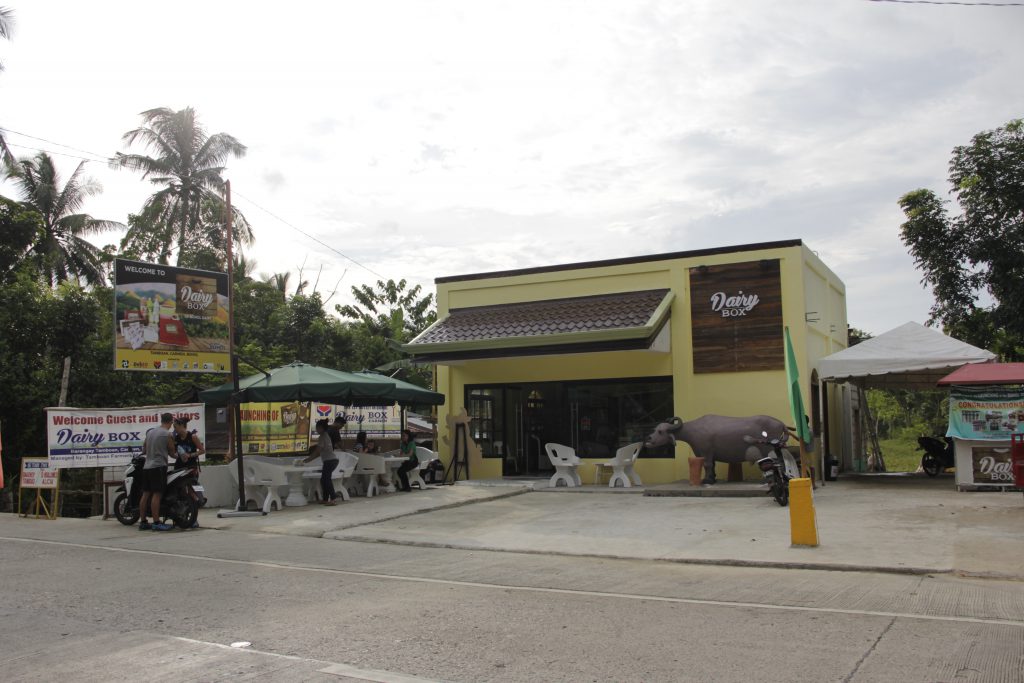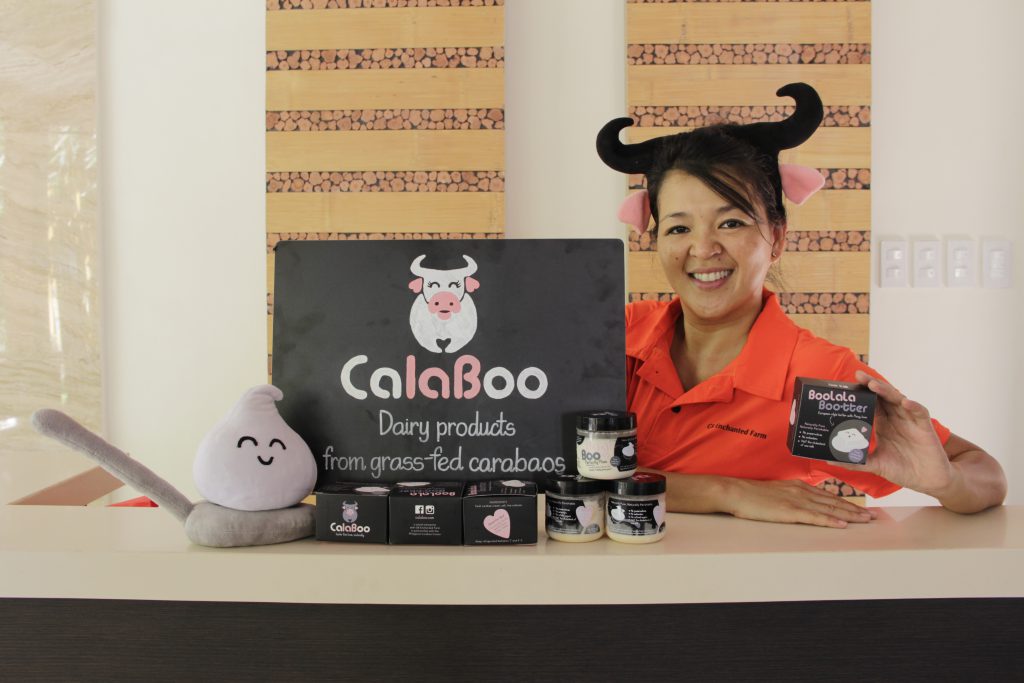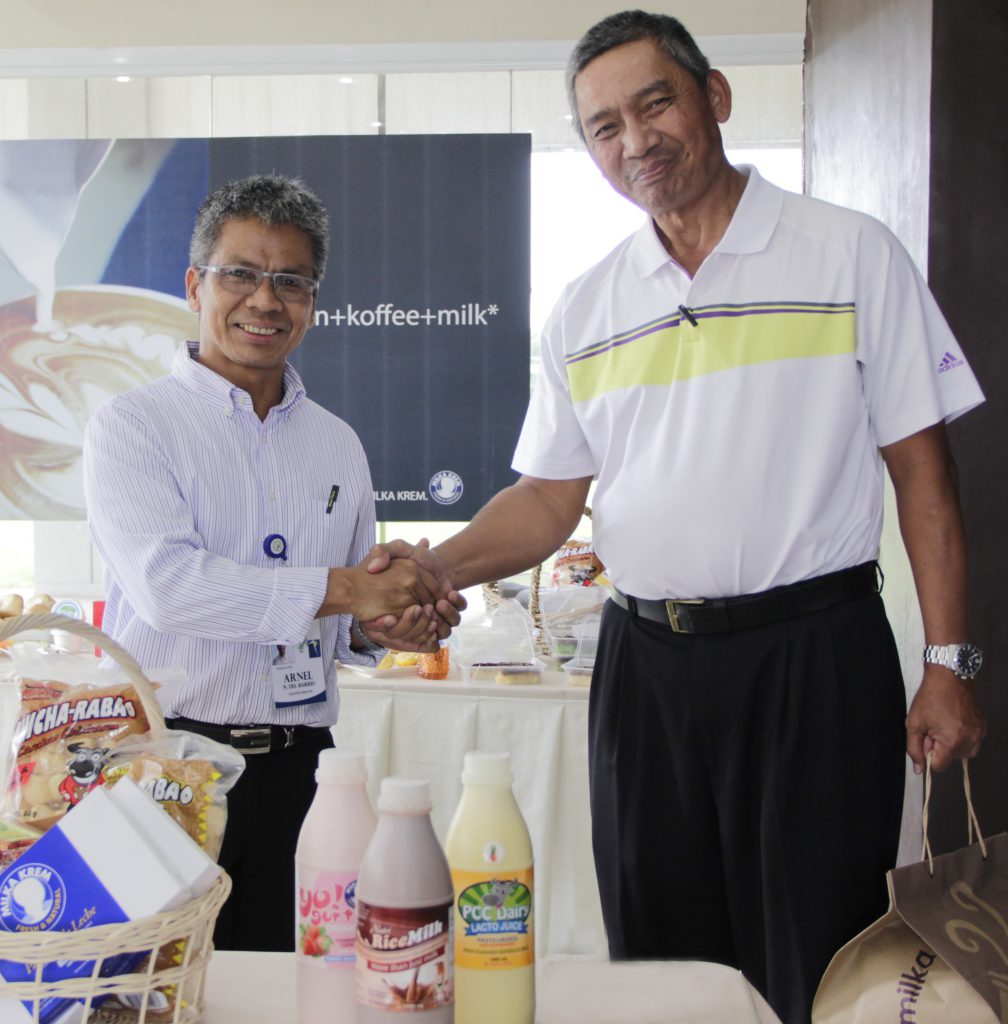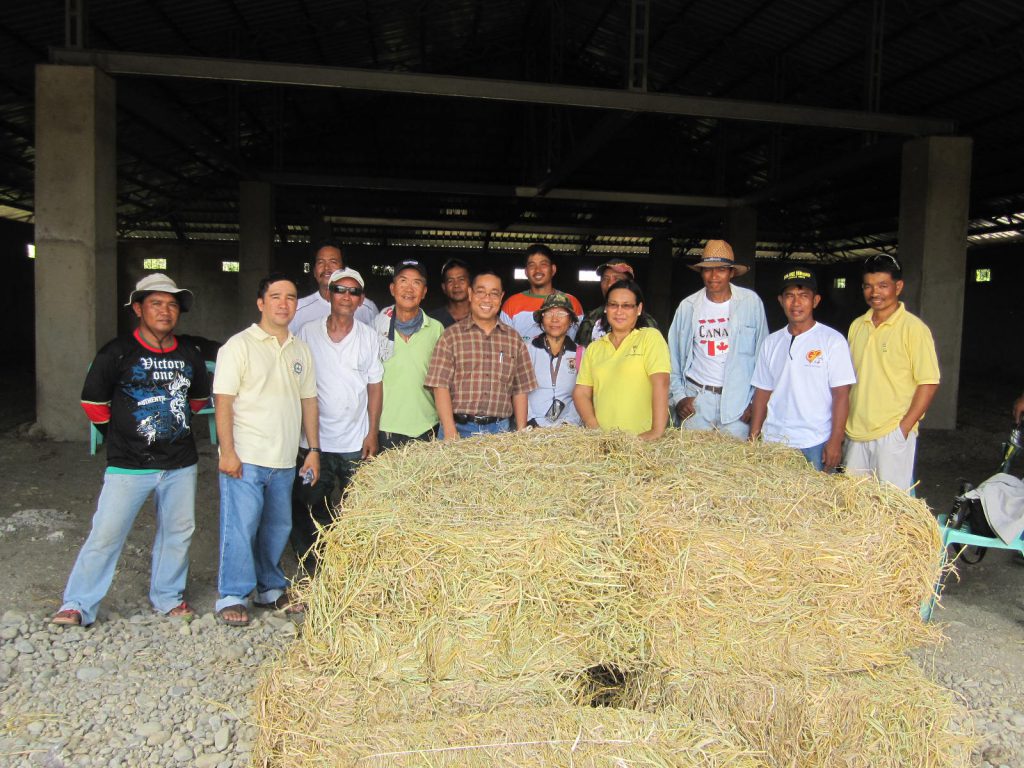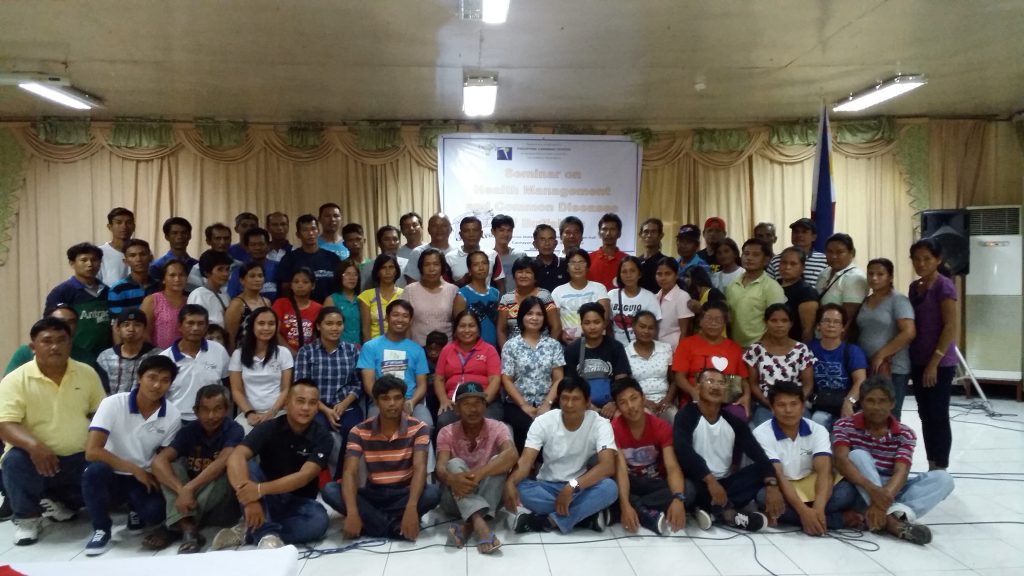Nineteen veterinarians and ten animal health coordinators attended a seminar-workshop on the strengthening of animal health programs conducted recently by the Philippine Carabao Center (PCC).
Titled, “Strategic Planning Workshop in Strengthening the PCC Animal Health Program and Veterinary Refresher Seminar for PCC Center Veterinarians and Animal Health Coordinator”, the event was held for five days at the Livestock Innovations and Biotechnology Complex of the PCC National Headquarters and Gene Pool in the Science City of Muñoz.
The workshop was conducted to strengthen the animal health program of the agency and enhance the capabilities of the PCC’s animal health coordinators in dealing with emergency cases in water buffaloes being encountered in the field.
Discussions and actual performances of proper management protocols were done during the activity, according to Dr. Marvin A. Villanueva, officer-in-charge of the PCC’s Biosafety and Environment Section, and one of the organizers of the activity.
He added that the workshop also aimed to identify gaps in the current implementation of the PCC’s program on animal health and eventually provide solutions to these gaps.
The participants were from the various PCC regional centers as well as from the national headquarters.
They were given lecture-discussions and hands-on trainings on mastitis, ultrasonography for fasciola, foreign body syndrome and rumenotomy; fasciolosis, and trypanosomiasis in water buffalo. The lecturer-discussants were Dr. Vijay Muley, Dr. Ester Flores, Dr. Kristine Joy Prades, Dr. Elizabeth Molina, and Dr. Alan Dergantes.
Updates on the encountered diseases in water buffaloes, herd health program of the PCC, animal mortality and morbidity of the agency from the year 2012-2016, recent findings on the outputs of animal health researches, and the gaps and opportunities on the current animal health program as well as challenges faced by PCC veterinarians, were tackled during the seminar. These topics were discussed by Dr. Daryl G. Dela Cruz, Dr. Ermyn D. Ermitanio, and Dr. Villanueva, respectively.
“Through our workshop, we strategized on how we can resolve our identified gaps to successfully strengthen or improve the PCC’s animal health program,” Villanueva said. “Such gaps and strategies fall on social, technical and policy aspects,” he added.
For the social part, Villanueva said that gaps such as late reporting of animal diseases by the farmer clients, poor delivery of services to some farmers, weak linkages or partnerships with some local government units and other key stakeholders, limited number of vet aides, and weak information dissemination were identified.
Such gaps were planned to be addressed by the PCC through the strengthening of its communication services. They include creation of animal health hotline per center, creation of directory of all the agency’s animal health coordinators in the PCC website, assigning a focal person responsible for answering questions and relaying information related to animal health concerns; conduct of a training on how to deal with clients; establishment of good partnerships with LGU’s and other stakeholders; conduct of training for vet aides’ or additional workforce that will provide animal health services to various areas; and dissemination of information through production and distribution of printed materials, audio-visual presentations, investment in radio programs and conduct of farmer livestock school.
For the technical part, gaps were identified. They included lengthy release of laboratory result, unavailability of some confirmatory diagnostic tools for some diseases, weak monitoring of diseases on surveillance program, lack of protocols or studies with regards to the use of some drugs as a prevention and as a treatment, lack of training for trainers, lack of awareness on some technologies related to animal health, strict implementation of biosafety measure, and others that can be found online.
Such gaps, according to Villanueva, were planned to be addressed by the PCC through agreement on common time length on the release of laboratory results, outsourcing of testing samples, scheduling of sample collection for surveillance of diseases (yearly or semi-annual), conduct of training for trainers to increase capability of PCC’s staff, more awareness on the use of online references such as Science Direct and others, and more awareness on biosecurity measures through posting of signages and other materials and trainings.
Gaps were also identified on policy aspect. They included awareness on the implementation of good animal husbandry practices (GAHP) and food safety act (FSA) (under Republic Act 10611) of 2013 in consideration to Animal Welfare Act (under Republic Act 8485), unavailability of standard health protocol in the regional center, and difficulty of release of animals for emergency culling.
According to Villanueva, these are planned to be addressed by the PCC through conduct of seminars or trainings on GAHP and FSA, standardization of animal health protocol, and regular follow-up on the progress of the application for release of animals for culling.
“Those strategic plans were still subject for polishing and approval of the top management. But, we are confident that the PCC’s animal health program will be strengthened since all of the participants agreed to implement innovative and attainable strategies to address the identified gaps,” Villanueva concluded.
In his opening remark on the first day of the week-long training, Dr. Felomino V. Mamuad, PCC’s Deputy Executive Director reminded the participants to consider the importance of providing proper nutrition to carabaos.
“Without proper nutrition, all our efforts in providing animal health services would be futile. Thus, we have to always consider the importance of feeding management and provision of proper nutrition to carabaos,” he emphasized.
In her inspirational message, Dr. Annabelle Sarabia, Chief of the Research and Development Division encouraged the participants to have zero animal mortality rate in the areas where they are providing animal health service.
“PCC is committing to produce more animals in the coming years. Thus, I encourage everyone to stay committed and to achieve zero animal mortality rate,” she said.
In his message, Dr. Arnel Del Barrio, PCC executive director, encouraged the participants to enhance animal health provision to further satisfy the needs of its clients.
“We need to further innovate and improve our protocols in animal health management. I encourage everyone to go beyond the traditional methods and continuously decrease, if not completely make zero the rate of animal mortality in your respective areas,” Del Barrio said.
The workshop was organized by the PCC’s Biosafety and Environment Section. The facilitators were Dr. Claro N. Mingala, Dr. Lawrence P. Belotindos, Dr. Daryl dela Cruz Dr. Ermitanio, Dr. Villanueva, Ms. Charito A. Gutierrez and Mr. Eduardo Nastor Jr.

